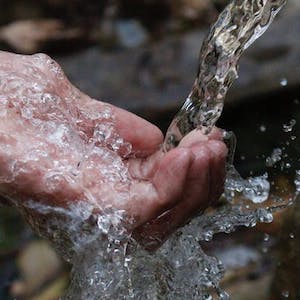Frequency and seasonality of viable Helicobacter pylori in drinking water in Dhamar Governorate, Yemen

Accepted: 29 August 2023
HTML: 14
All claims expressed in this article are solely those of the authors and do not necessarily represent those of their affiliated organizations, or those of the publisher, the editors and the reviewers. Any product that may be evaluated in this article or claim that may be made by its manufacturer is not guaranteed or endorsed by the publisher.
Authors
Helicobacter pylori is an important and common bacterial pathogen in humans. The accumulated evidence of the existence of H. pylori in water from different environmental sources suggests a water-borne transmission route. This study aimed to investigate the occurrence of H. pylori in different water sources used by human populations in Dhamar Governorate, Yemen. 250 samples were randomly collected from the municipal water supply network, wells, and springs. The samples were processed, plated onto modified campy-blood agar, and incubated under microaerobic conditions for 4-10 days. Bacterial identification was based on morphological properties and biochemical tests. Bacteriological analysis showed that 9.6% and 13.2% of tap and surface water samples were contaminated with H. pylori, respectively. Despite a higher frequency in samples from rural areas, these were not significantly (p=0.068) more contaminated than the samples from urban areas. Regarding the seasonal variations of H. pylori detection, 85.71% of positive samples were detected in the late winter and spring seasons (February to May). To conclude, H. pylori transmission through water is likely to occur in Dhamar Governorate. Further prospective studies are highly recommended to provide further evidence and a clearer picture of H. pylori transmission.
How to Cite

This work is licensed under a Creative Commons Attribution-NonCommercial 4.0 International License.
PAGEPress has chosen to apply the Creative Commons Attribution NonCommercial 4.0 International License (CC BY-NC 4.0) to all manuscripts to be published.

 https://doi.org/10.4081/ijfs.2023.10855
https://doi.org/10.4081/ijfs.2023.10855



